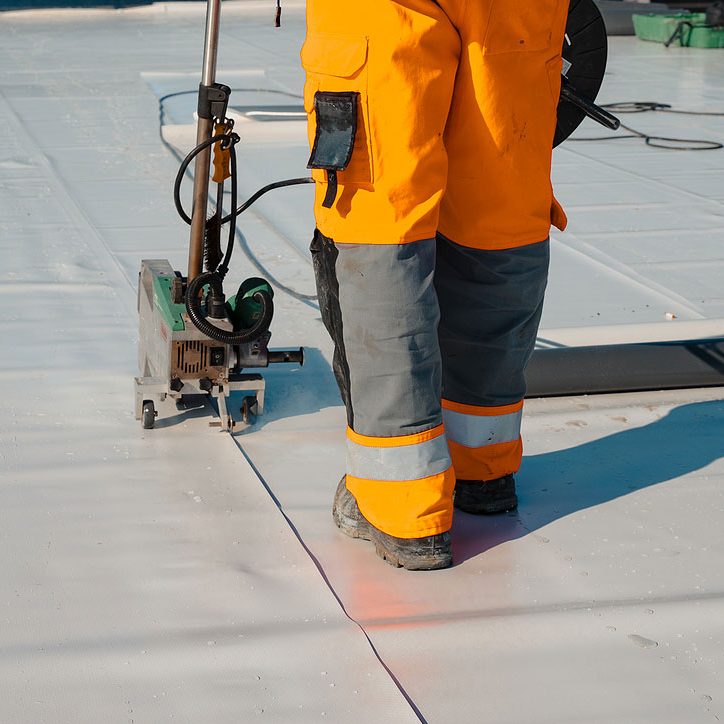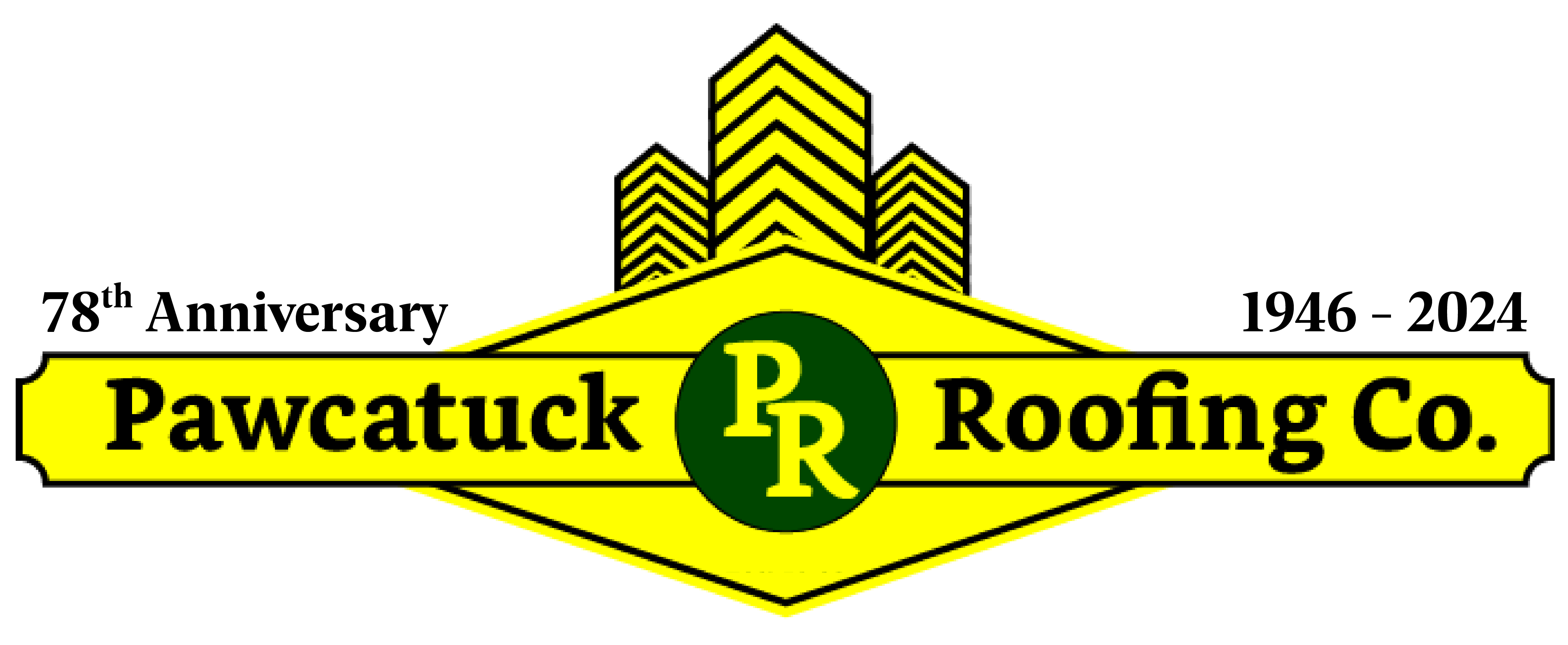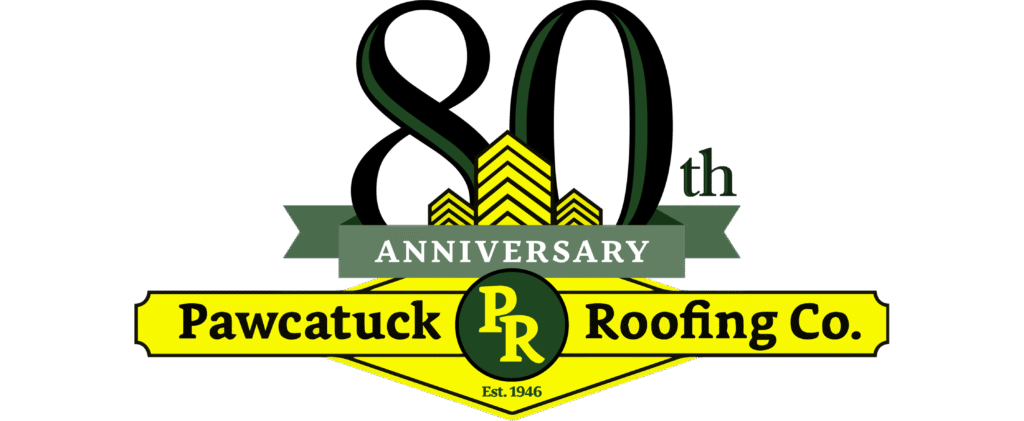Flat roofing has become an increasingly popular choice for both residential and commercial properties due to its unique combination of functionality, design flexibility, and affordability. With a range of materials to choose from and numerous benefits to offer, flat roofs are an excellent option for those seeking a modern and practical roofing solution. Let’s dive into the top reasons why you should consider installing a flat roof for your property.
One of the primary benefits of flat roofing is the additional usable space it provides. Flat roofs create opportunities for rooftop gardens, solar panel installations, or outdoor living areas, allowing you to make the most of your property’s square footage. Additionally, flat roofs provide easy access for maintenance, repairs, and installations, simplifying the upkeep process and reducing long-term costs.
Design Flexibility
Flat roofs offer a sleek, modern aesthetic that can enhance the overall appearance of your property. The minimalist design of flat roofs complements various architectural styles, making it a versatile choice for both residential and commercial buildings. Furthermore, flat roofs provide more freedom for interior design, as they eliminate the need for sloped ceilings, allowing for spacious, open interiors and creative floor plans.
Affordability and Cost-Effectiveness
Flat roofing systems are often more affordable than their sloped counterparts, as they require fewer materials and simpler installation processes. This cost-effectiveness extends to long-term savings as well, as flat roofs can contribute to energy efficiency by minimizing heat loss and providing opportunities for solar panel installations. Additionally, the ease of access for maintenance and repairs helps to reduce ongoing costs.
Variety of Materials
Flat roofs are available in a wide range of materials to suit your specific needs and preferences. Some popular options include:
Built-Up Roof (BUR): A traditional option that consists of multiple layers of felt and asphalt, providing durability and water resistance.
Modified Bitumen: A more modern alternative to BUR, using advanced materials for increased flexibility and energy efficiency.
EPDM Rubber: A lightweight, synthetic rubber material known for its durability, water resistance, and low-maintenance requirements.
TPO (Thermoplastic Olefin): A popular choice for its energy efficiency, reflectivity, and resistance to UV damage.
Weather Resistance
Flat roofs are designed to withstand various weather conditions, including heavy rain, snow, and wind, when properly installed and maintained. The use of advanced materials and proper drainage systems ensures your flat roof remains durable and resistant to potential damage from the elements.
































